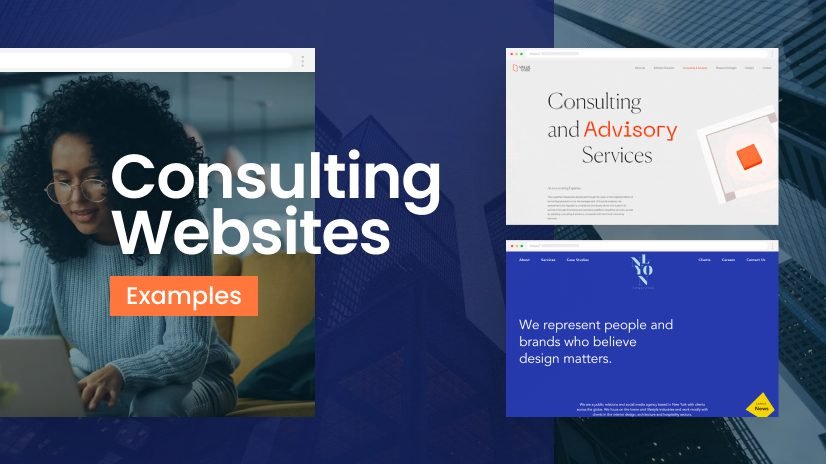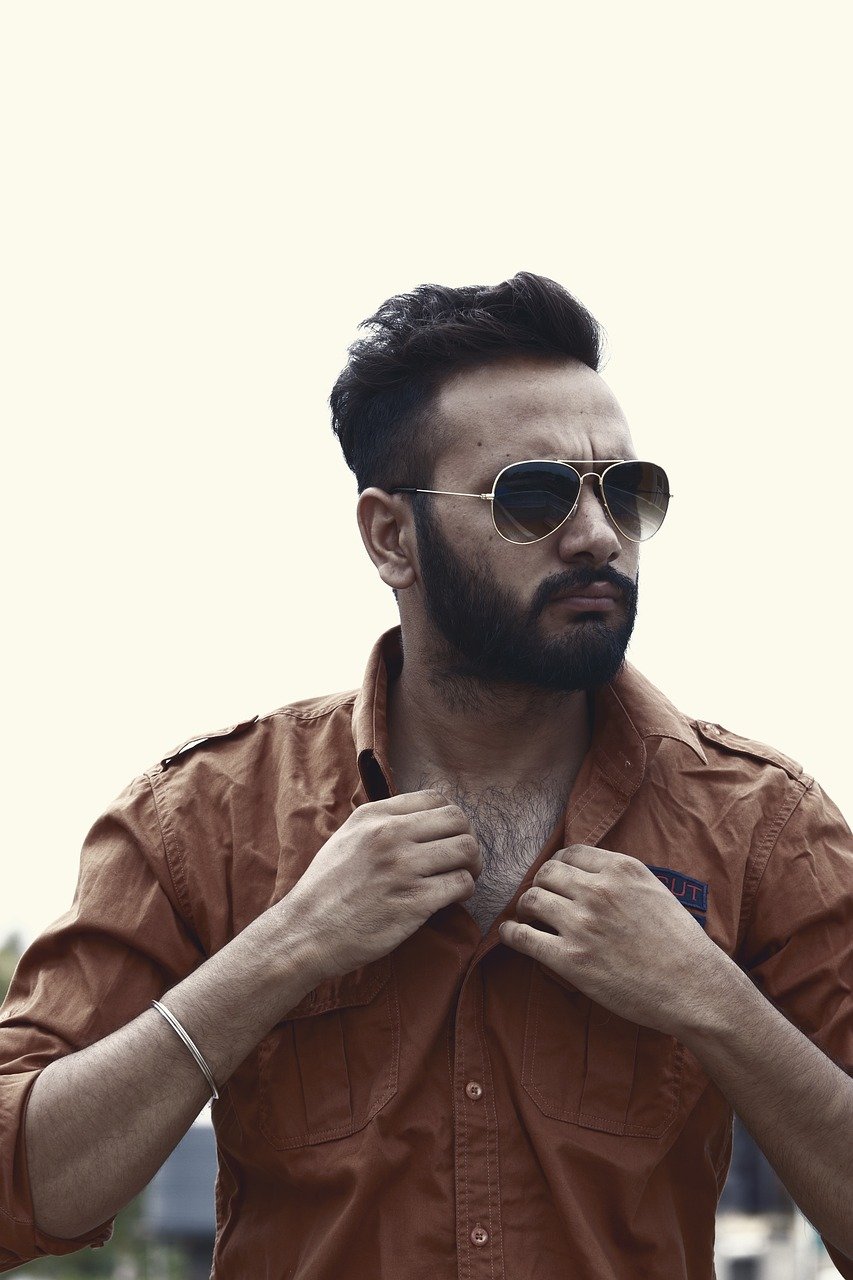In today’s digital age, a well-crafted blog can set you apart. It can engage your audience and showcase your expertise.
But where do you start? Looking for inspiration is a great first step. Examining successful blogs helps understand what works. You’ll notice design, content, and user experience are key elements. Each aspect plays a role in attracting and retaining readers.
A well-designed blog doesn’t just look good. It also makes it easy for visitors to find information. Content needs to be engaging and valuable. That’s what keeps readers coming back. User experience is also crucial. If your blog is hard to navigate, visitors will leave. In this blog post, we’ll explore 14 blog website examples. Each one offers unique features and creative ideas. They can inspire you to create or improve your own blog.
Introduction To Blog Design
Creating a visually appealing blog is a must for keeping readers engaged. The design of your blog can make or break the reader’s experience. Let’s explore why blog design is so important.
Importance Of Aesthetics
The aesthetics of your blog play a crucial role in capturing attention. A well-designed blog can establish your brand’s identity. It can also convey your message effectively. Colors, fonts, and images all work together to create a cohesive look.
Consider these elements when designing your blog:
- Color Scheme: Choose colors that reflect your brand and are easy on the eyes.
- Typography: Use readable fonts and maintain consistency in font styles.
- Imagery: High-quality images can enhance your content and keep readers engaged.
Impact On Readership
Blog design directly impacts readership. A clean, organized layout can make your content more readable. It can reduce bounce rates and keep visitors on your site longer.
Consider these aspects to improve readability:
- Whitespace: Use whitespace to avoid clutter and give the eyes a break.
- Navigation: Ensure easy navigation to help readers find content quickly.
- Responsiveness: Make sure your blog is mobile-friendly to cater to all users.
By focusing on these elements, you can create a blog that is both visually appealing and reader-friendly.

Minimalist Blog Designs
In the digital era, minimalist blog designs have become increasingly popular. They provide a clean, uncluttered interface that enhances user experience. These designs focus on simplicity, ensuring content stands out without distractions. Let’s explore some examples and see how they excel in minimalist aesthetics.
Clean Layouts
A clean layout is crucial for a minimalist design. It ensures that the reader’s attention is on the content. Bloggers use simple, well-organized structures that make navigation easy. Here are some key features of clean layouts:
- Simple navigation menus: Often placed at the top or side.
- Consistent typography: Using one or two fonts for a cohesive look.
- Limited color palette: Typically neutral colors with occasional accents.
These elements help create a visually appealing and user-friendly blog.
Effective Use Of White Space
The effective use of white space is a hallmark of minimalist blog designs. It provides breathing room for the content, making it easier to read and understand. Here are some benefits of using white space effectively:
- Improved readability: Text is easier to read when not crowded.
- Focus on content: White space directs attention to the important elements.
- Visual hierarchy: Helps distinguish between different sections and elements.
Bloggers who master the use of white space create a more engaging and pleasant reading experience.
Visual-focused Blog Designs
Visual-focused blog designs are ideal for showcasing stunning images. These designs highlight the beauty and detail of photos, artworks, and designs. They offer an immersive experience for readers. Let’s explore some examples of visual-focused blogs.
Photography Blogs
Photography blogs rely on high-quality images. They often use large, full-width images to draw attention. These blogs typically have a minimalist design to let the photos shine. Here are some key features of photography blogs:
- Full-width images
- Minimalist layout
- High-resolution photos
- Easy navigation
Example: Photography Blog X uses a clean design. It features stunning full-width photos. The blog has a simple layout. This makes it easy for readers to focus on the images.
Art And Design Blogs
Art and design blogs showcase creative works. They often use vibrant colors and unique layouts. These blogs aim to inspire creativity. Key features include:
- Bold color schemes
- Creative layouts
- Interactive elements
- Artist profiles
Example: Art Blog Y features a colorful design. It uses interactive elements to engage readers. The blog highlights various artists and their work. The unique layout helps showcase each piece beautifully.
| Blog Type | Key Features |
|---|---|
| Photography Blogs |
|
| Art and Design Blogs |
|

Content-rich Blog Designs
Content-rich blog designs are essential for websites that focus on delivering a large volume of information. These blogs are designed to be visually appealing while ensuring the content is easily accessible and engaging. Let’s explore some of the best examples of content-rich blog designs under different categories.
News And Magazine Styles
News and magazine blogs require a design that can handle a lot of content without overwhelming the reader. These designs often include:
- Multiple sections on the homepage for various categories.
- Featured articles with large images to grab attention.
- Clean typography for better readability.
Examples of well-designed news and magazine blogs include:
| Blog Name | Description |
|---|---|
| TechCrunch | A leading technology news platform with a clean, modern design. |
| BuzzFeed | Known for its engaging content and vibrant layout. |
Educational Blogs
Educational blogs need a design that supports in-depth content and resources. These blogs often feature:
- Organized content with clear categories and subcategories.
- Interactive elements like quizzes, videos, and tutorials.
- Easy navigation to help readers find information quickly.
Some standout educational blogs are:
- Khan Academy – Offers a clean and structured design, making learning easy.
- Edutopia – Features a user-friendly layout with rich, educational content.
Personal Blog Designs
Personal blogs offer a unique window into individual lives. They are a reflection of the author’s personality and interests. From lifestyle tips to travel adventures, these blogs are rich with content that captivates readers. Below, we explore some of the best personal blog designs that can inspire your next blogging project.
Lifestyle Blogs
Lifestyle blogs cover a broad range of topics. They include fashion, beauty, health, and home decor. These blogs are visually appealing and often use a lot of images. Here are a few standout examples:
- The Everygirl: This blog is a great resource for career advice, travel tips, and wellness. It uses a clean design with easy navigation.
- Love Taza: Naomi Davis shares her life as a mother in New York City. The design is warm and inviting, with lots of family photos.
- Wit & Delight: This blog offers insights into home decor and personal style. It features a minimalist design with beautiful photography.
Travel Blogs
Travel blogs take readers on a journey around the world. They share experiences, tips, and beautiful photos from different destinations. Some of the best travel blogs include:
- Nomadic Matt: Matt Kepnes provides budget travel tips and guides. His blog has a simple layout with a focus on content.
- Adventurous Kate: Kate McCulley writes about solo female travel. Her blog uses vibrant images and detailed stories to engage readers.
- The Blonde Abroad: Kiersten Rich shares her travel adventures and tips. The blog design is colorful and easy to navigate.
Interactive Blog Designs
Interactive blog designs captivate readers. They blend visuals, text, and multimedia. These designs make blogs more engaging. Users stay longer. They explore more content. The key lies in interactive elements. These elements create a dynamic experience.
Engaging User Interfaces
Engaging user interfaces (UI) grab attention instantly. Clear navigation is crucial. Users should find content easily. A clean, uncluttered layout works best. Interactive elements, like hover effects, add interest. They make the blog feel alive. Consistent colors and fonts also help. They create a cohesive look.
Dynamic Content Features
Dynamic content features enhance user experience. Live chats offer real-time interaction. Quizzes and polls engage readers. They invite participation. Interactive maps and infographics present information visually. This makes complex data easier to understand. Video content can be powerful too. It adds a personal touch. Readers connect with the author.
Professional Blog Designs
Professional blog designs set the tone for serious content. These designs focus on clean layouts, readability, and user experience. They reflect professionalism and credibility. Let’s explore two types of professional blog designs: Corporate Blogs and Portfolio Blogs.
Corporate Blogs
Corporate blogs often have a minimalist design. The layout is clean and straightforward. They feature a lot of white space and a clear hierarchy. Text is easy to read, and images are used sparingly. Navigation menus are simple and intuitive. These blogs often include a company logo and brand colors. This helps in maintaining a consistent brand identity.
Corporate blogs usually have sections like news, updates, and industry insights. They also include case studies and customer testimonials. The focus is on providing value and information. The design supports this by being unobtrusive and professional. Examples of excellent corporate blogs include IBM, Microsoft, and HubSpot. They all have a sleek and professional look.
Portfolio Blogs
Portfolio blogs are designed to showcase work. They often belong to designers, photographers, or writers. These blogs use high-quality images and a visually appealing layout. The design is both functional and aesthetic. Each project or piece of work gets its own space. This allows visitors to appreciate the details.
Navigation is also crucial in portfolio blogs. It should be easy to browse through different works. Categories and tags help in organizing content. Portfolio blogs often use a grid layout. This helps in displaying multiple projects at once. Examples of stunning portfolio blogs include Awwwards, Behance, and Dribbble. They combine visual appeal with user-friendly navigation.
Niche Blog Designs
Finding the perfect blog design for your niche can be challenging. The right design can enhance user experience and engagement. Let’s explore some niche blog designs that stand out. We will look at two popular niches: food blogs and tech blogs.
Food Blogs
Food blogs require a design that showcases recipes, images, and stories. The layout should be clean and easy to navigate. Here are some top examples:
- Minimalist Baker: A simple, clean layout focusing on recipes with stunning images. The design is user-friendly and visually appealing.
- Pinch of Yum: Features a vibrant, colorful design. It includes beautiful images and easy-to-follow recipes.
- Smitten Kitchen: A classic, elegant design with a focus on high-quality photography. The layout is intuitive and easy to use.
These designs highlight the importance of visuals in food blogs. High-quality images and a clean layout can attract and retain readers.
Tech Blogs
Tech blogs need a design that emphasizes clarity and information accessibility. The layout should be sleek and modern. Here are some great examples:
- The Verge: A contemporary design with a strong focus on news and reviews. The layout is clean and easy to navigate.
- TechCrunch: Features a professional, news-centric design. It includes clear sections for news, reviews, and features.
- Wired: A stylish, visually appealing design. It emphasizes high-quality content and easy navigation.
These tech blog designs show the value of a modern and organized layout. Clear sections and easy navigation enhance user experience.
Tips For Creating Stunning Blog Designs
Creating a stunning blog design can captivate your readers and keep them coming back. The visual appeal and usability of your blog play a crucial role. Here are some tips to help you craft an eye-catching blog design that stands out.
Choosing The Right Theme
Choosing a theme that aligns with your content is essential. Your theme should reflect your brand’s personality. Browse through different themes and select one that suits your style. Consider the layout, color scheme, and typography. These elements should be harmonious and enhance readability. A good theme also offers customization options. This allows you to tweak the design to fit your needs. Ensure the theme is responsive and fast-loading.
Optimizing For Mobile
Many users access blogs on their smartphones. Optimizing your blog for mobile devices is crucial. Use a responsive design that adjusts to different screen sizes. This ensures that your content looks great on any device. Test your blog on various mobile devices to check the user experience. Ensure text is readable without zooming in. Buttons and links should be easy to tap. Mobile optimization improves user engagement and search engine rankings.

Frequently Asked Questions
What Makes A Blog Website Inspiring?
An inspiring blog website features unique design, engaging content, and a user-friendly layout. It reflects creativity and offers valuable information to readers.
How Can I Make My Blog Stand Out?
To make your blog stand out, focus on high-quality content, eye-catching visuals, and a strong brand identity. Consistently engaging with your audience also helps.
What Are Key Elements Of Successful Blogs?
Key elements of successful blogs include compelling content, intuitive navigation, responsive design, and active engagement with the audience. These elements enhance user experience.
Why Is A Responsive Design Important For Blogs?
A responsive design ensures your blog looks great on all devices. It improves user experience and boosts your search engine rankings.
Conclusion
These 14 blog website examples can spark your creativity. Each offers unique designs and features. Explore them to gather fresh ideas. Implement these insights to improve your own blog. Keep experimenting and refining your approach. Engage your audience with compelling content.
Stay consistent and watch your blog grow. Remember, inspiration is the key to success. Happy blogging!

